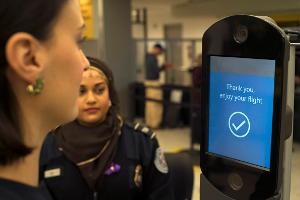
The Department of Homeland Security should have a high-level entity responsible for coordinating and overseeing department-wide uses of biometrics to better leverage capabilities and improve outreach, particularly around privacy concerns, says a new report from an advisory council to the department. The report calls for a Biometrics Oversight and Coordination Council (BOCC) to be chaired by the deputy secretary of DHS with membership consisting of operational components and relevant support offices “with a key focus on proposed uses of new…

 By
By 











